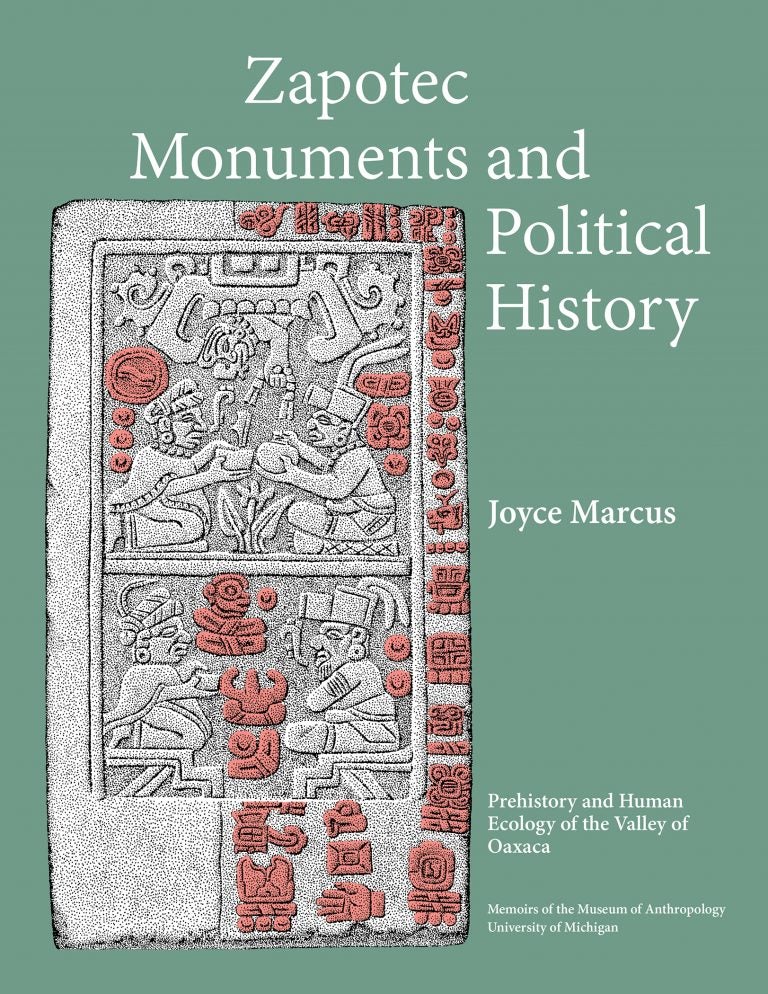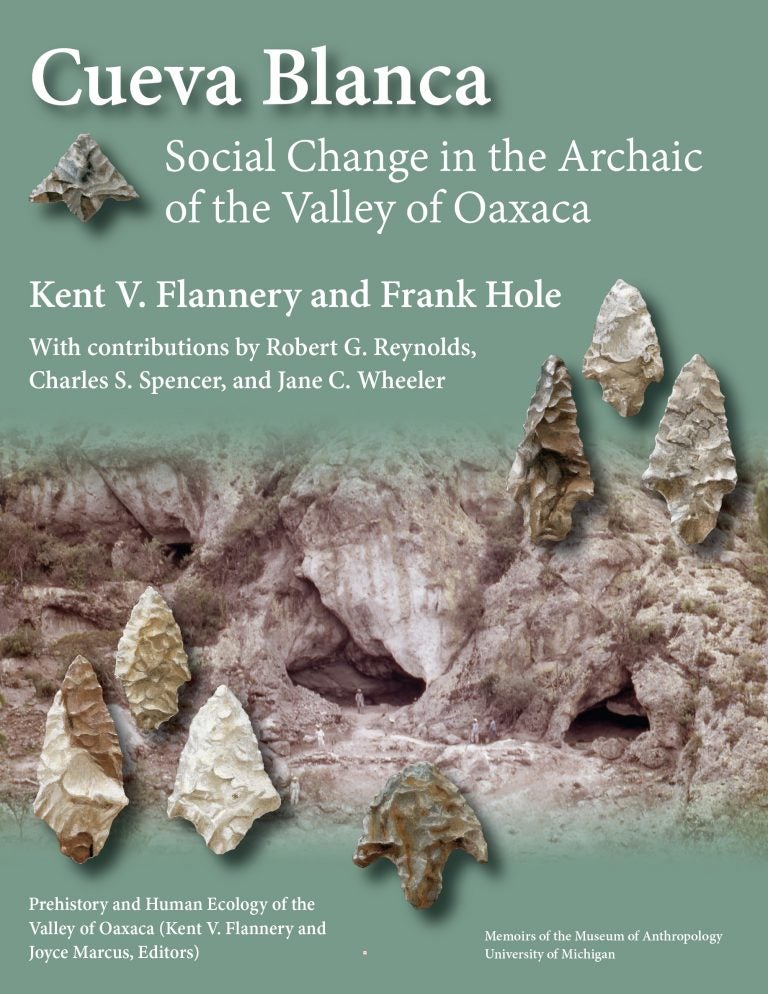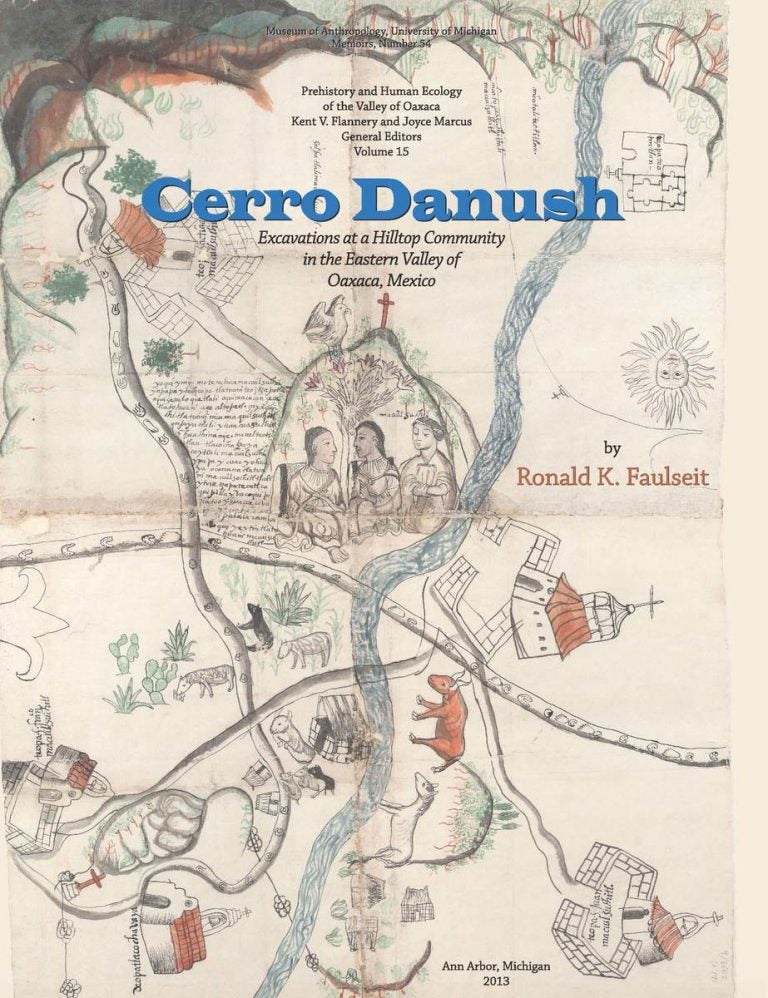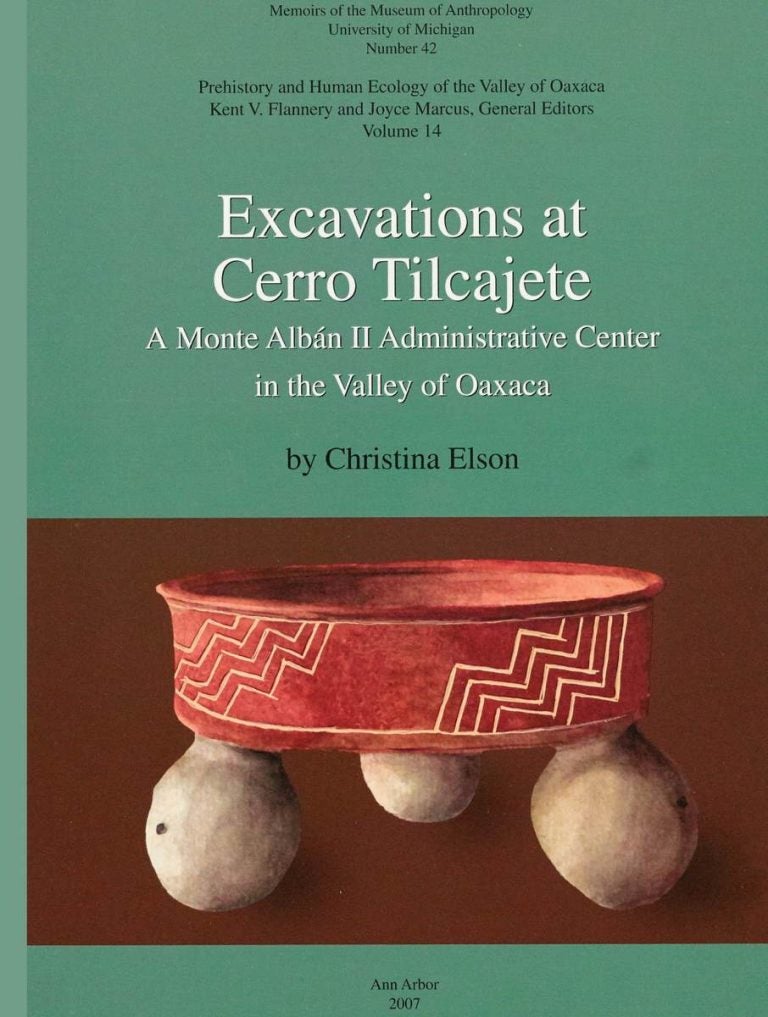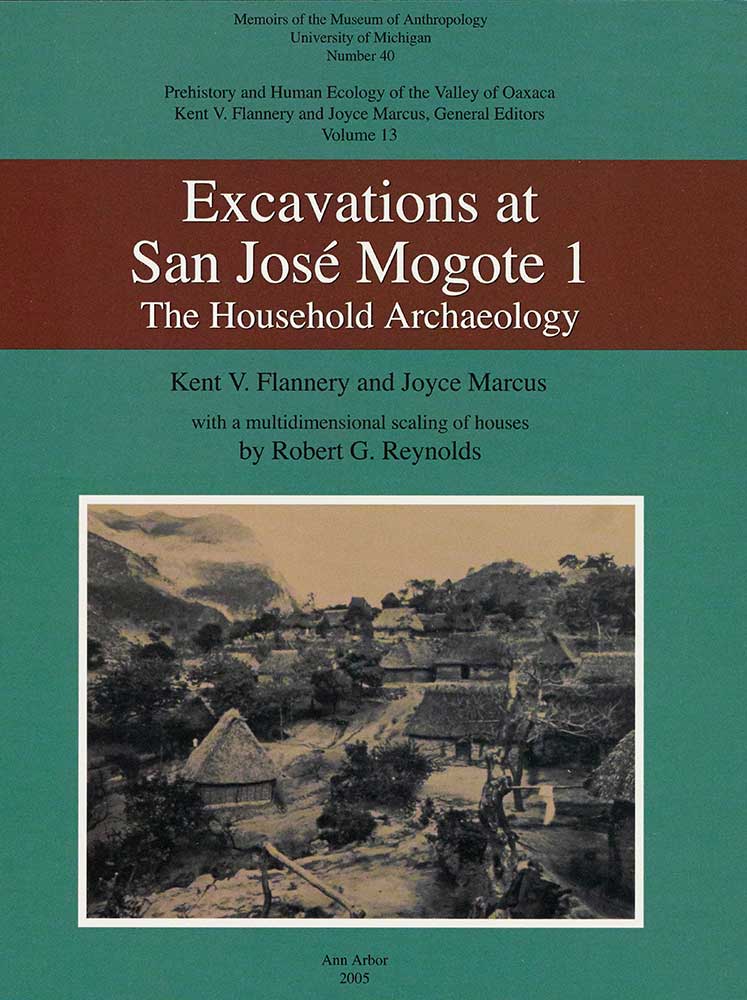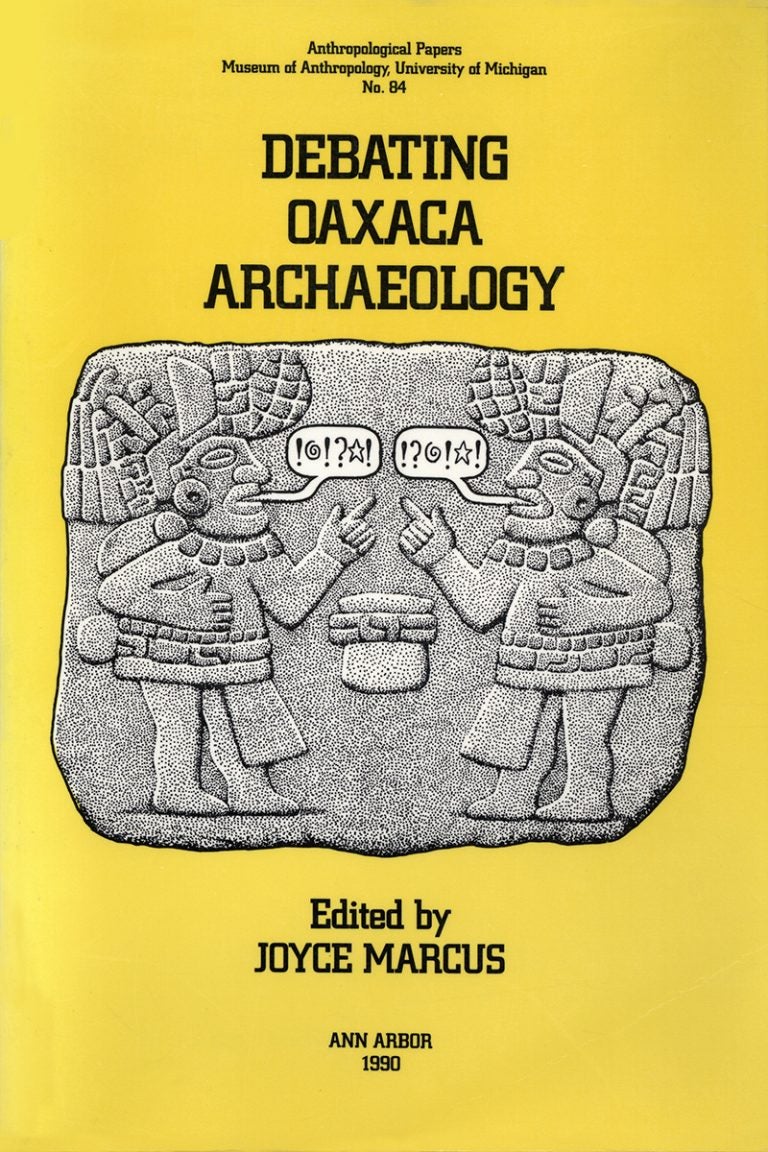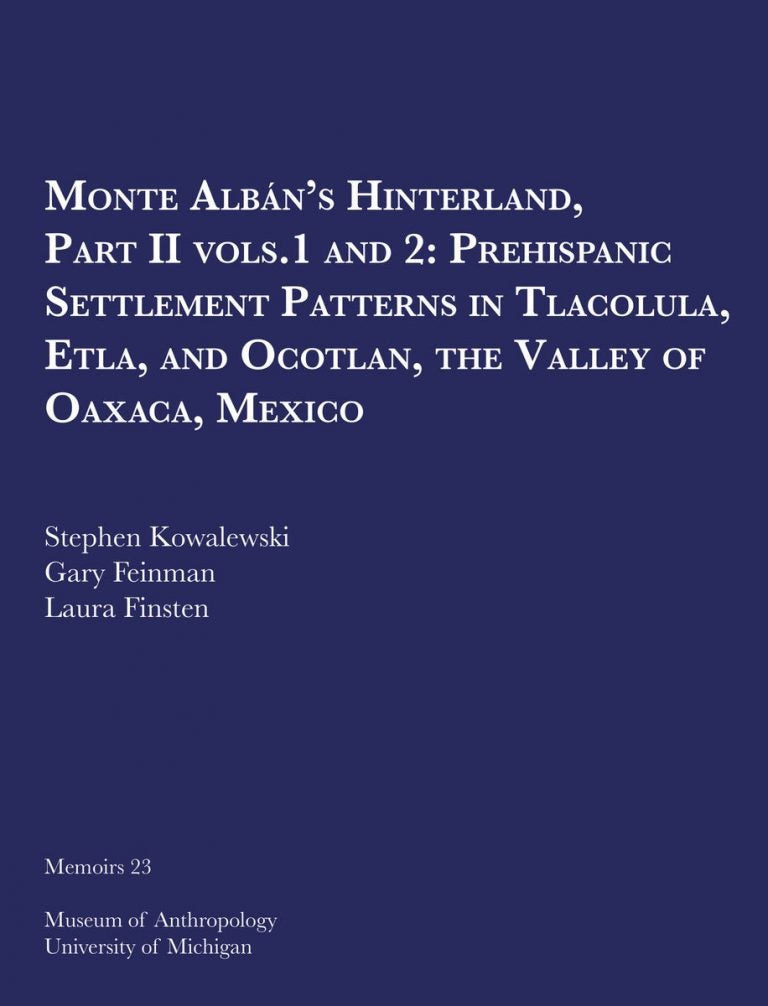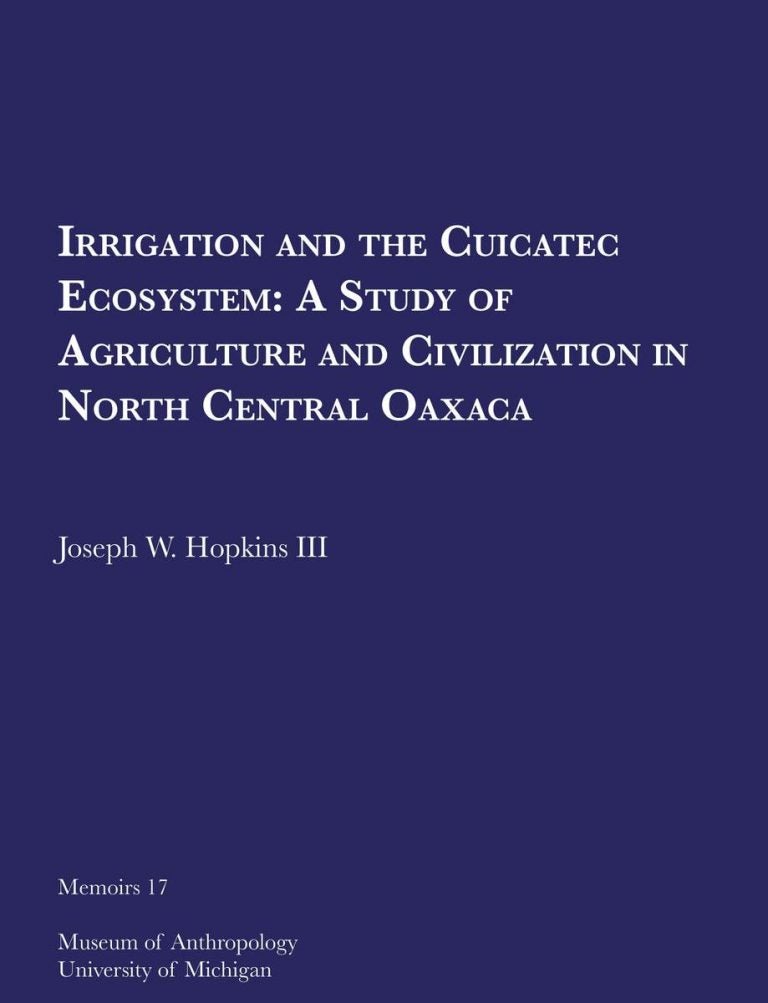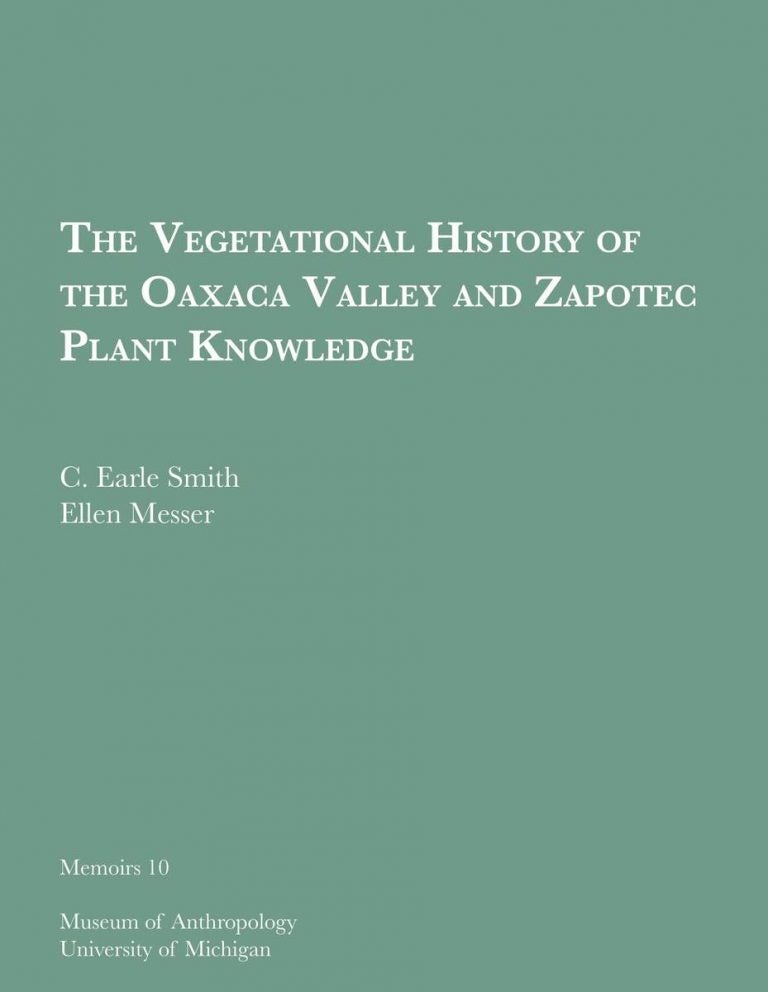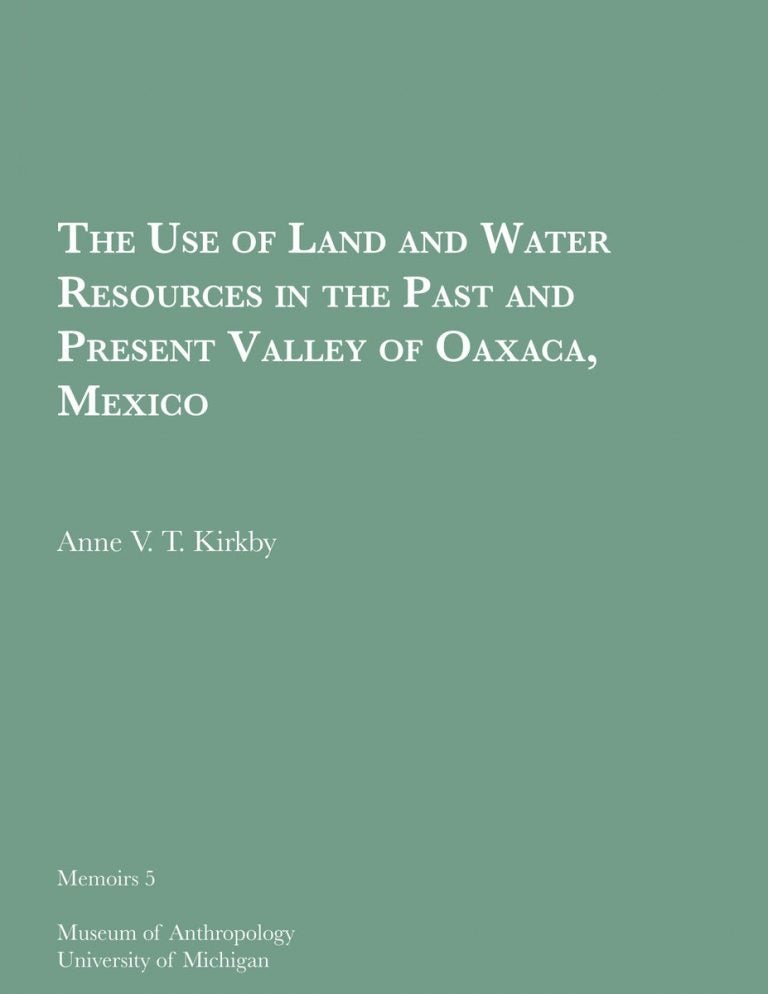Joyce Marcus
M 61
Joyce Marcus, curator of Latin American Archaeology at the University of Michigan Museum of Anthropological Archaeology and Robert L. Carneiro Distinguished University Professor of Social Evolution, excavated in Mexico’s Valley of Oaxaca for decades. Here she draws on her own work and that of other scholars to create an encyclopedic, lavishly illustrated work on the origins and use of Zapotec writing.

